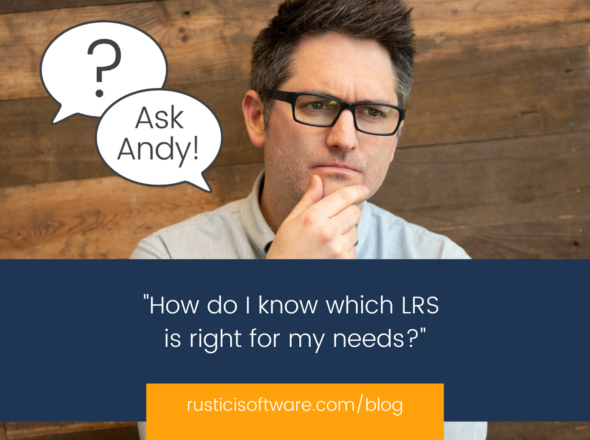Origin of DELETE
Latin deletus, past participle of delēre to wipe out, destroy
First Known Use: circa 1605
Ever hit “delete” only to later find the file hiding somewhere in a trash folder, refusing to let go? That’s really annoying, right? Especially when you intended for it to be gone—forever.
Many people have become used to having a trash folder or recycle bin that piles up all your garbage. Well, we don’t like garbage—it takes up space. We think our customers are just as smart (or smarter) than we are so we try to be particular and intentional about the way we make our product decisions.
So, we set up the “delete” button to do what its name promises. When you hit “delete” in SCORM Cloud, it really means delete. The course, invitation, or registration doesn’t go to a graveyard where it waits to be resurrected. Instead, it disappears, as if it never existed.
Why does this matter? If you’re in the habit of hitting “delete,” you may end up getting rid of important info for good. We suggest you don’t delete anything unless you really mean it.
Here are a few tips to save yourself from saying “what now?!” when working in the Cloud:
- Don’t click “delete” unless you never want to see that item again.
- Don’t invite learners to a take a course if you’re just testing the API. If you happen to delete the course, any user that tries to launch an invitation or link to that course can’t do it anymore. If you’re paranoid about deleting your courses, don’t worry, we added a built-in feature that automatically keeps them safe.
- If you just want to test the API, create a test realm. You can delete everything you want in there and it won’t affect your live environment.
In summary:



